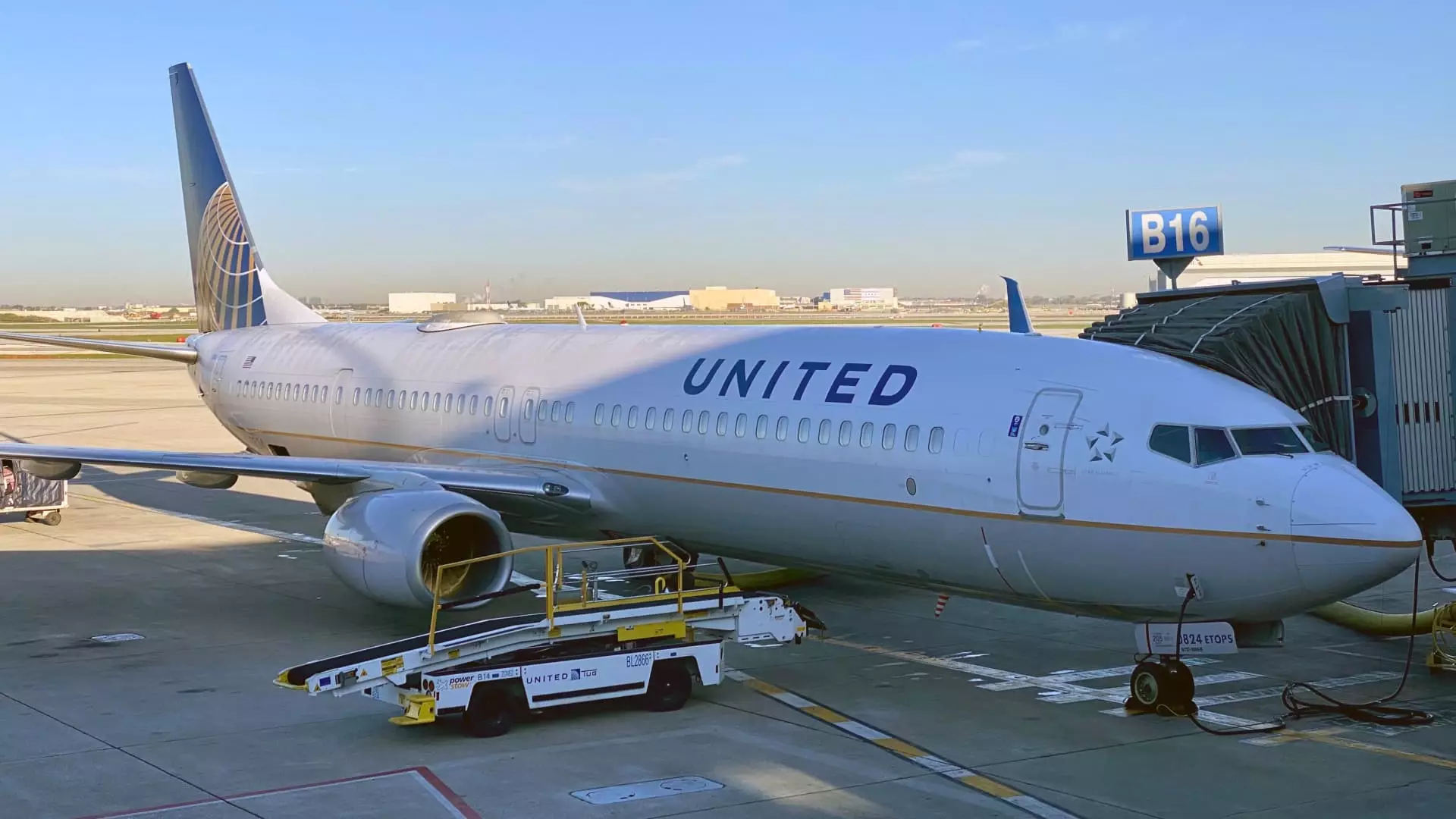United Airlines has taken a step towards improving customer experience by implementing a new method of communication during flight delays. Instead of passengers left in the dark wondering about the reasons behind the delays, the airline is now offering to send live radar maps directly to travelers. This innovative approach allows passengers to see for themselves the weather conditions that may be affecting their flight, even if the skies above them appear clear.
The aviation industry faces numerous challenges when it comes to weather-related flight delays. Thunderstorms, which can arise suddenly and without warning, are particularly difficult to anticipate. These storms can lead to ground stops issued by the Federal Aviation Administration, causing delays in departures and longer flight routes to avoid turbulent weather. Such disruptions not only inconvenience passengers but also impact the positioning of planes and crews, creating a domino effect of delays.
United Airlines has embraced generative artificial intelligence to enhance its communication with travelers. By utilizing this technology, the airline is able to provide real-time radar maps sourced from FlightAware, a prominent flight-tracking platform. In addition to weather conditions, United is also sharing information about other causes of flight disruptions, such as mechanical issues or airport congestion. This proactive approach aims to keep passengers informed and alleviate frustrations during periods of high travel, such as the upcoming July Fourth holiday period.
With air travel becoming more accessible and popular, the demand for punctuality has increased. According to FlightAware data, nearly 942,000 U.S. airline flights experienced delays in the first half of the year, accounting for 21.4% of all flights. While this figure marks a slight improvement from the previous year, airlines are under pressure to ensure timely departures and arrivals. United Airlines’ initiative to provide live radar maps to passengers demonstrates a commitment to transparency and customer satisfaction, setting a positive example for the industry.
United Airlines’ use of live radar maps to explain flight delays represents a significant step towards enhancing the overall travel experience. By embracing technology and providing passengers with real-time information, the airline is empowering travelers and fostering a culture of transparency. As the aviation industry continues to evolve, addressing the challenges of weather-related disruptions becomes crucial to maintaining customer loyalty and satisfaction. United’s proactive approach serves as a model for other airlines looking to improve communication and mitigate the impact of flight delays on passengers.

